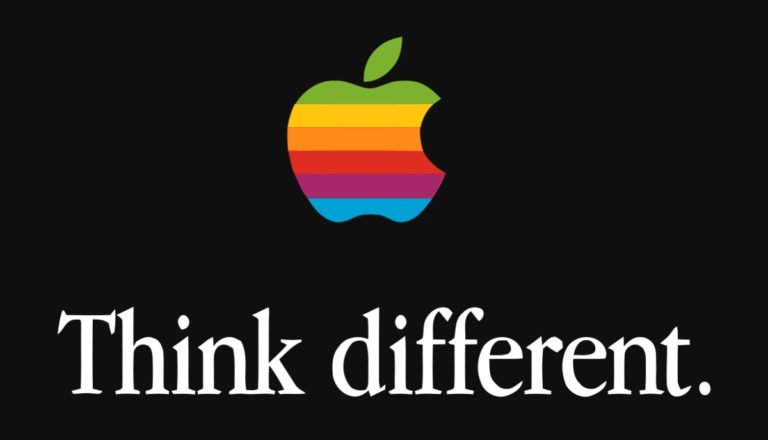6G Is Coming: What Is The Latest Research? Which Countries Are Ahead?

Communication technology has had a massive evolution for decades, from basic telephones to cellular, to mobiles, to high-quality audio transmission, and now to 5G and, what’s more, 6G. It’s evident that with time, the need for new and improved techniques in the communication process keeps rising.
6G, the much-awaited and the most effective route to best communication, is still a dream to achieve. We can’t even predict if features like 6G would take us to the world of hologram-based communication and much more. If successful, 6G is expected to support data rates of 1 terabyte per second (Tbps). This is a big and anticipated dream.
Countries across the globe are immensely investing in resources to work on 6G. As 5G is not a distant dream to achieve worldwide, most telcos and global giants have already started deployment. However, I believe 6G is the current tip of the iceberg.
What is the recent 6G research and conclusion?
According to a recent paper published by IEEE (Institute of Electrical and Electronics Engineers), the expected possibility and communications at 6G frequency are much more versatile than discussed earlier. It was as if you are digging for a piece of treasure and find an entire gold field beneath the surface.
The research team included Professor Andy Molisch from USC Viterbi School of Engineering, Los Angeles, with experts from Lund University, Sweden, New Zealand Telecom, King’s College, London, and several Ph.D., master, and undergraduate students.
The procedure consisted of a series of specific measurements of different 6G frequencies, referred to as the Terahertz band. Post these tests, researchers have claimed that how signal transmission can take place is very limited as we move up into 6G frequencies. Thus, these collaborative tests and results are great incentives in 6G research.
Frequencies become harder to manage and are prone to interruptions in signal transmission at higher frequencies. Nevertheless, the researchers are pleased with the first test results and aim to reach sound conclusions and face challenges in the future.
Currently, the team is working on developing algorithms that will allow processing at different bandwidth levels. Further, new hardware capable of functioning in a new zone is also under research.
Rush for 6G
This week, Mobile Technology organizations Japan and Finland have agreed to develop 6G technologies. The joint effort from the two countries aims to offer significant contributions to global standards.
The Ministry of Internal Affairs and Communications, Japan, and the University of Olu signed the agreement on June 8 at the Global Digital Summit 2021 in Tokyo.
The partnership gained much momentum with the decision by the Japanese government to invest $2 billion for the development of 6G technologies. The Finnish side considers this a proactive approach that could also help communication technology research conducted in the country.
There are still not many formal specifications on 6G technology for some years. However, countries across the globe are getting into it considering the proposal of 6G implementation by significant industry players by the year 2030.
Apart from Japan and Finland, the U.S. and the U.K. too announced plans to develop a detailed science and technology partnership agreement to develop 6G technology. This effective collaboration is part of the Atlantic Charter Deal signed between U.S. President Joe Biden and Prime Minister Boris Johnson.
The U.S. will also continue pursuing joint research and development of critical and emerging technologies, including 6G with South Korea. Both countries are looking forward to developing open, transparent, and efficient network architecture using Open-RAN technologies.
Is China the only strong player?
Any developments in 6G and 5G are always linked to the world’s most powerful countries. China has always proved to be the aspiring candidate for the innovation race. That is why the experts and organizations have strongly emphasized taking the lead in 6G or losing it to China.
Recently, a Chinese government-backed industry came up with a white paper on 6G technology. The white paper illustrated the application, potential, and efficiency of the 6G technology when implemented. It also claims that the next generation of communication technology could be 10-times faster than 5G.
The white paper released by the China Academy of Information and Communication Technology’s IMT-2030 is a route map for those trying to invest and work in 6G. This will necessarily address the issues of business application and key technologies in the industrial sector.
If the U.S., without much deliberation, remains on its current trajectory with 5G technology. China will rule the market within no time. With the arrival of next-generation 6G mobile broadband, it would make the world lean to an architecture based on Chinese design and architecture of communication.
China can then dominate the development of standards in manufacturing as well as technology. The move would drastically turn out to be an authoritarian model that countries will impose.
The U.S., also one of the superpowers, has already lost potential earlier in 4G and 5G technologies. The 6G research in the country is also not at a very fair approach. Experts have noted that even though the U.S. excels in information technology, it is short of core technologies and industrial developments, making it one step back towards 6G developments.
Why is 6G such an anticipated technology?
The 6G technology and the platforms it boosts will be the next level of human-to-human communication. But, with the global powers en route to commercializing it by 2030, things could change much faster.
Last month, researchers concluded that graphene and other active super elements could lead to 6G ecosystems. This, if successful, would achieve a trillion-dollar industry with faster communication and versatile internet. It would also enhance how phones and devices can be charged with different sources of materials.
Even though countries claim to implement the technology by 2030, the essential resources and hardware required do not exist yet, which needs to be addressed.
In conclusion, it is still unfortunate that only some developed countries are working with 6G. The developing nations haven’t even stepped into the race. The research on any new mechanism for humanity should be a combined effort of countries. Otherwise, it would result in the authoritarian rule of the powerful and sometimes called “Tech Feudalism.”






